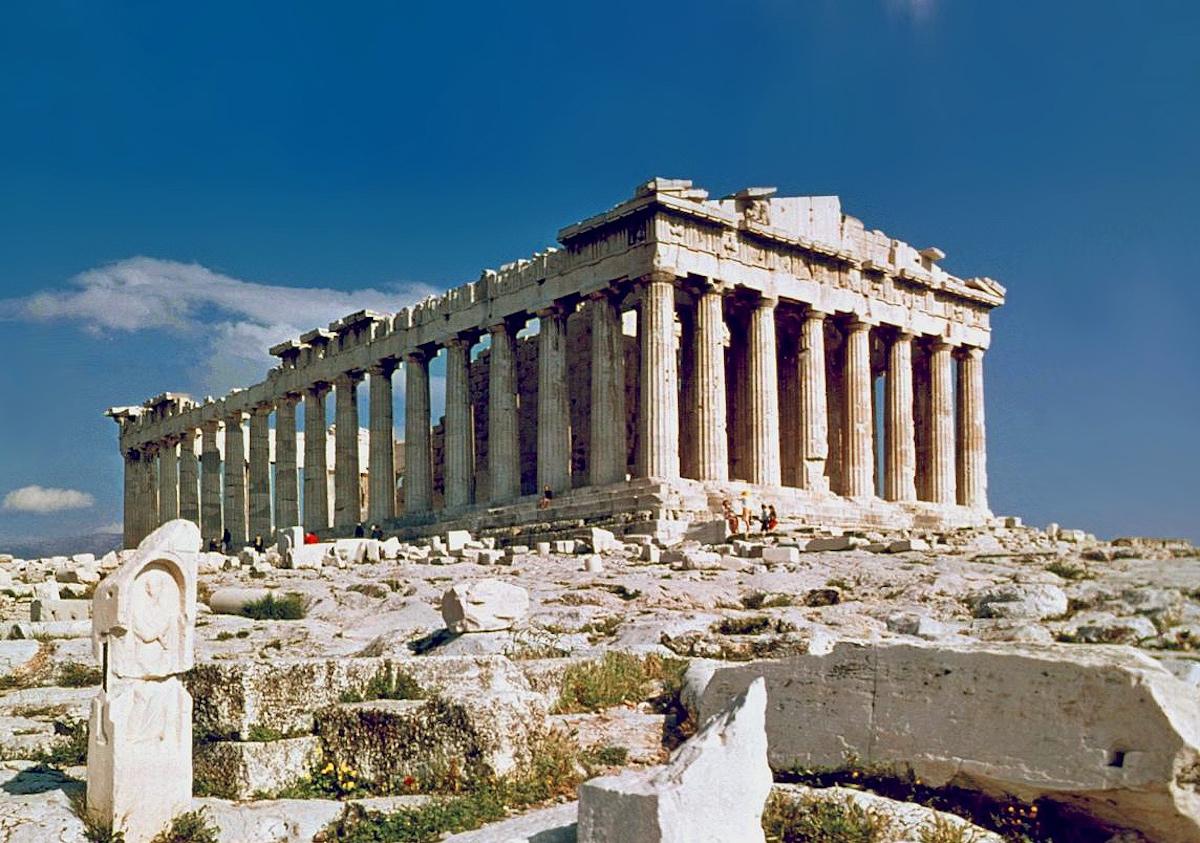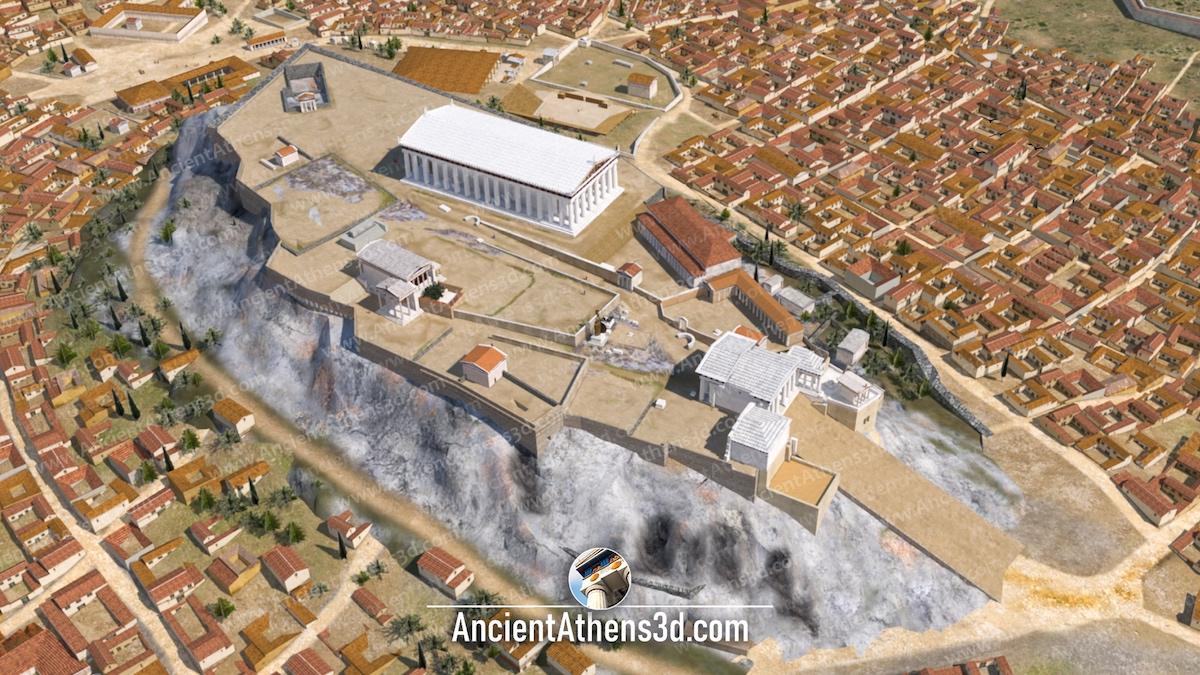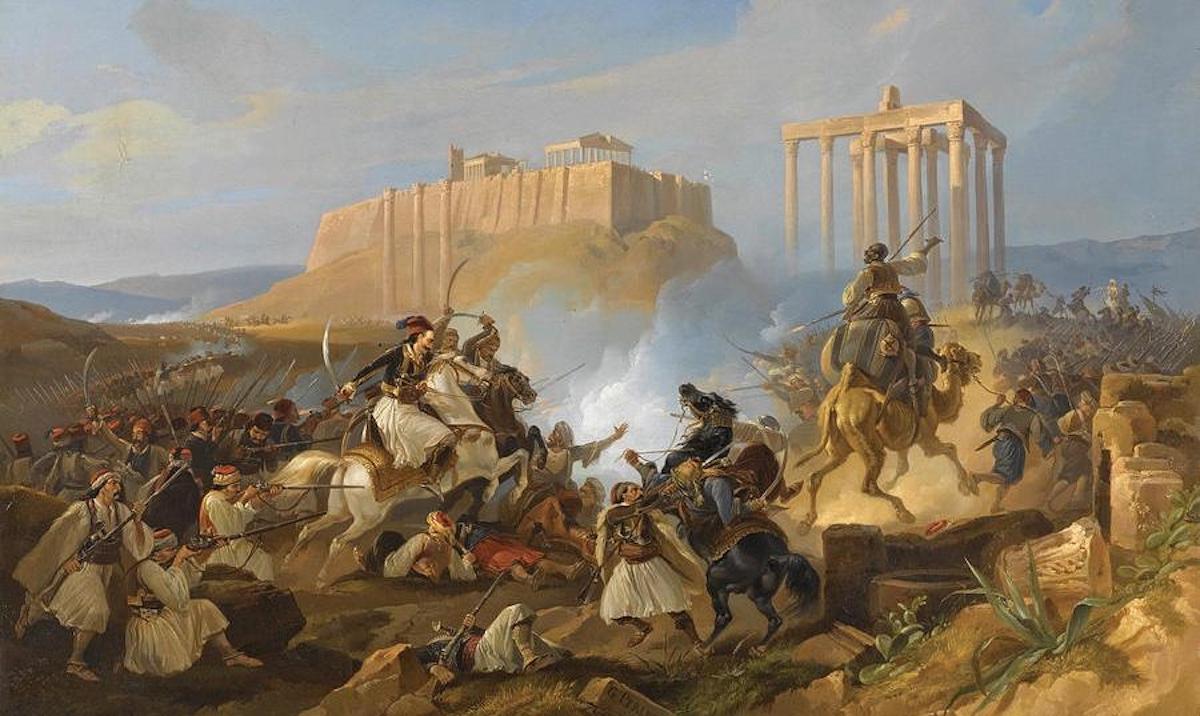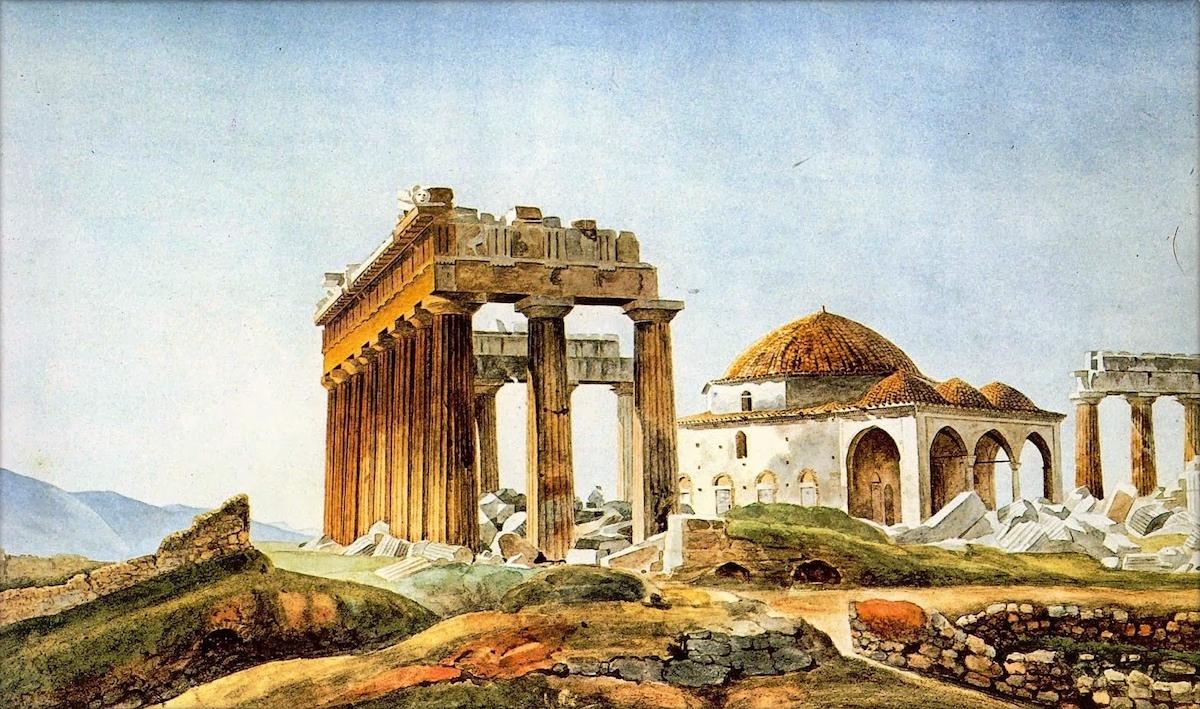It was during this period that Pericles, one of Ancient Athens’ most prominent leaders, came to the fore and ordered a large-scale building program on the Acropolis. During the conflicts with Persia, Athens suffered much being both besieged and sacked by the Persian army around 479-480 BCE. The result of this sacking was large-scale destruction across the city, including the demolition of the contemporaneous Acropolis which by then had multiple temples dedicated to the city’s patron goddess, Athena, and a monumental gateway and encircling walls. In light of this destruction, Pericles sought to reassert Athens’ primacy amongst the Greeks and reinvigorate the city’s identity by ordering Athena’s temples and other structures rebuilt in grand measure.
Though the construction ordered by Pericles extended beyond his own tenure in power, the end result was the magnificent coalescence of the Parthenon, the Erectheion, the Propylaea, the Temple of Athena Polias, the Temple of Athena Nike, and multiple other sanctuaries and shrines.
































